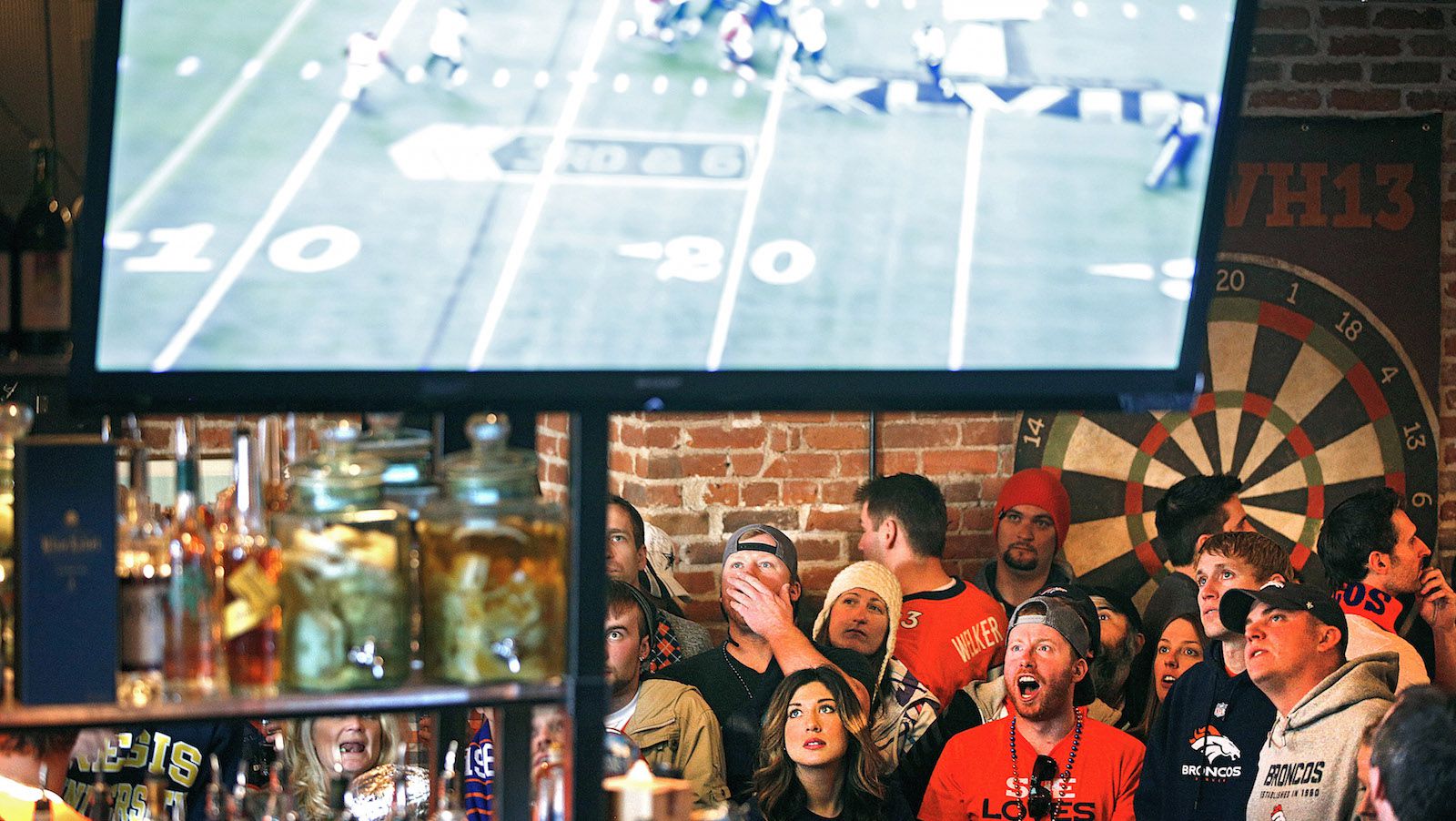This year’s Super Bowl commercials may actually surprise you
Advertisers seem to be playing the Super Bowl close to the vest this year.


Advertisers seem to be playing the Super Bowl close to the vest this year.
By Quartz’s count, 21 Super Bowl commercials have been released ahead of Sunday’s game so far. Among others who’ve pre-released ads (paywall), we’ve seen Cardi B, Anthony Hopkins, and other stars take on Amazon’s Alexa; Danny DeVito embody M&M’s; Pringles “wow” comedian Bill Hader in its Super Bowl debut; Peter Dinklage and Morgan Freeman face off in a lip-sync battle in a joint Doritos/Mountain Dew ad; and Bud Light conclude its “Dilly, Dilly” trilogy.
In recent years, it’s felt like all the ads worth seeing came out ahead of the game. Pre-releases have creeped earlier and earlier into January, with some ads coming out one to two weeks, or more, before the Super Bowl. Some aficionados lamented that the magic of the event—advertising’s biggest showcase—was gone forever. In the the 24 hours leading up to Super Bowl LI last year, for example, at least 36 full in-game ads had already made it into circulation, Ad Week reported. That ended up accounting for close to half the ads that ran on Fox during the game (excluding the network’s promos for its own shows).
To be sure, a lot can happen in the next few days. But if the trend holds, it will be welcome by the many who watch the Super Bowl for the commercials—and also by the brands that spent money on them. ”The reason you pay the five million bucks is because you’re part of a live event that’s really hard to get that size of audience in that space,” said Carolyn Hadlock, executive creative director at ad agency Young & Laramore. “If you break it ahead of time then you’re really taking away, in my opinion, the number one reason to be in the Super Bowl.”
On the other hand, marketers spending more than $5 million for 30 seconds of ad time may be trying to get the most bang for their buck. Releasing an ad early means brands can get in on the pregame chatter on social media and extend the life span of their commercials.
That said, it’s not the only way to build buzz. Netflix’s surprise Stranger Things trailer earned the most social-media attention last year with the largest “digital share of voice” (paywall)—a metric that includes earned online views, social, and TV impressions—among all commercials aired during the game, including the pre-released ads, ad-tracking firm iSpot.TV found.
“Advertisers are trading off whether the element of surprise can help them become one of the best-liked ads versus the old model of, ‘let’s maximize the total reach by releasing the ads early,”” says Charles Taylor, professor of marketing at the Villanova School of Business.
In 2018, it appears more brands are holding their commercials until game day or right before—at most, teasing the spots in advance. Some are getting creative with how they can surprise viewers during the game: Kraft will create a Super Bowl commercial in real-time this year by crowdsourcing photos of families shared during the game. Snickers shot its Super Bowl commercial live last year.
“Fewer advertisers [are pre-releasing] and those that are doing it are waiting longer,” says Joe Swallen, chief research officer at research firm Kantar Media. “That’s just to keep your commercial fresh and have something with an element of surprise or big reveal around it, as opposed to trying to carve out more space for your brand earlier but then getting lost in the shuffle. It’s like the news cycle; nothing is less interesting than yesterday’s news.”
The shift may also have something to do with the short attention span of today’s viewers. Social-media data firm Unified looked at the last three years of Super Bowl campaigns captured on its platform—about 550 in total—and found advertisers saw the most impressions on Facebook and Instagram the day after the Super Bowl, and the most impressions on Twitter the day before the game. The popularity of searches for “super bowl commercials” on Google also didn’t take off last year until two days before the game, which was held on Feb. 5, and peaked the day after. That’s based on Google Trends, which measures interest in search terms over a given period of time, relative to the peak number of searches.
It suggests the window for interest in Super Bowl commercials is rather narrow, a trend that may be driven by the way social media works today. “There was a dawning realization that the game itself wasn’t the real ad game,” said Mark DiMassimo, CEO of ad agency DiMassimo Goldstein. “But then what happened was [pre-releases] became the new norm and part of the social chatter was disappointed in the lack of novelty among commercials during the game. While it increased the time period, it decreased the interest that they were creating.”
Hopefully, that means audiences will have a lot more to look forward to come game day.
One brand, Skittles, won’t even show its Super Bowl spot to viewers. It will be screened for a single California teen. The stunt will be streamed live on Facebook during the game, and audiences will see the reaction, but not the ad itself.